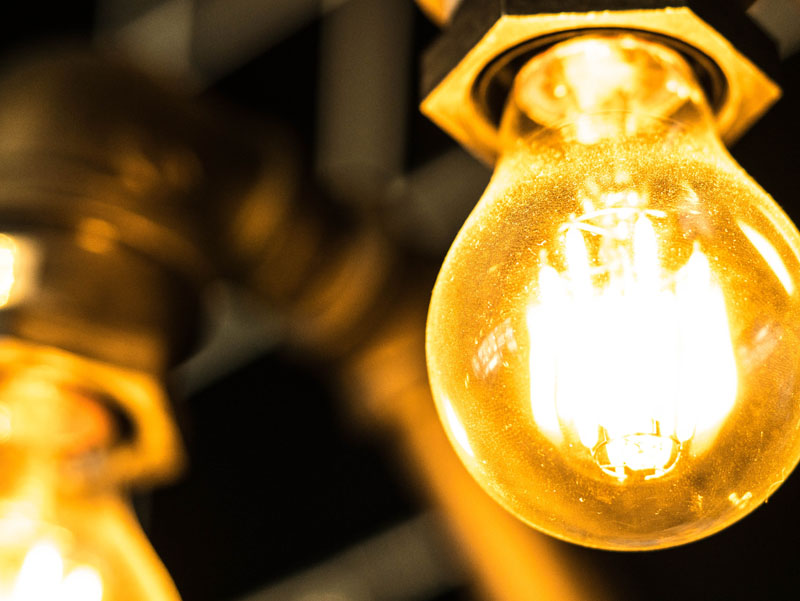Creating motion blur with slow shutter speed is a popular technique to add dynamism and emphasis to a photograph. By intentionally slowing down the shutter speed of a camera, photographers can capture the movement of a subject and create a sense of motion in their images.
In this article, we will explore the basics of using low shutter speeds to create motion blur, including the pros and cons of this technique, examples of successful use of motion blur, and frequently asked questions.
Understanding Shutter Speed
Before diving into the details, it’s important to understand the basics of shutter speed and how it works in relation to photography. Shutter speed refers to the amount of time that the camera’s shutter is open, allowing light to reach the camera’s sensor.
A slower shutter speed will allow more light to enter the camera, but it will also result in a longer exposure time. This can be used to the photographer’s advantage when trying to capture motion blur, as the longer exposure time will allow the movement of the subject to be recorded as a blur.
Pros of motion blur with low shutter speed
One of the main pros of using low shutter speed techniques to create motion blur is the ability to add visual interest to an image. By showing the movement of a subject, the photograph becomes more dynamic and can draw the viewer’s eye. Motion blur can also be used to create a sense of speed or action, making the photograph more exciting and engaging.
Cons of motion blur with low shutter speed
On the other hand, there are also some cons to consider when using slow shutter speed techniques to create motion blur.
One of the main drawbacks is that a slower shutter speed can result in a blurry image if the camera is not held steady. This can be especially challenging when hand-holding the camera, as even small movements can result in camera shake. Using a tripod or other stabilizing device can help to mitigate this issue, but it’s still important to consider the potential for camera shake when working with low shutter speeds.
Another potential issue with using low shutter speeds to create motion blur is that it can be difficult to predict the exact result. Because the motion of the subject is recorded as a blur, it can be challenging to predict exactly how the final image will look. This can be both a pro and a con, as the element of surprise can be exciting, but it can also lead to frustration if the final result is not what the photographer was hoping for.
Examples of motion blur with low shutter speed
Despite these potential drawbacks, low shutter speed techniques can be a powerful tool in the photographer’s arsenal when used effectively.
Here are a few examples of successful use of motion blur:
- Capturing the movement of a car or other vehicle in motion
- Showing the movement of a runner or other athlete in action
- Depicting the flow of water in a river or waterfall
- Illustrating the movement of clouds or other atmospheric conditions
As with any technique, it’s important to practice and experiment to get a feel for how low shutter speeds can be used effectively.
Motion blur with low shutter speed FAQ
Here are a few frequently asked questions that may help as you explore this technique:
How do I set a slow shutter speed on my camera?
Most cameras have a range of shutter speeds that can be selected, from very fast (1/1000th of a second or faster) to very slow (several seconds or even minutes).
To set a slow shutter speed on your camera, you will typically need to use the manual or “M” setting on the camera’s mode dial. From there, you can adjust the shutter speed using the camera’s control dial or buttons. Consult your camera’s manual for specific instructions on how to change the shutter speed on your particular model.
How can I prevent camera shake when using a slow shutter speed?
There are a few ways to prevent camera shake when using stabilization: Many cameras and lenses have built-in image stabilization technology that can help to reduce the risk of camera shake. This can be especially useful when hand-holding the camera at slow shutter speeds.
Can I create motion blur with a fast shutter speed?
While it is more common to use slow shutter speeds to create motion blur, it is possible to create the opposite effect with a fast shutter speed. By using a very fast shutter speed, you can “freeze” the motion of a subject, effectively stopping the action in its tracks. This can be useful for capturing fast-moving subjects or for creating a more dramatic, high-energy effect.
Can I combine low shutter speed techniques with other techniques, such as panning or zooming?
Yes, it is possible to combine low shutter speed techniques with other techniques to create even more interesting and dynamic images. Panning, where the camera is moved along with the subject as it moves, can create a sense of movement and direction in the photograph.
Zooming, where the focal length of the lens is changed while the camera is taking a long exposure, can create a sense of perspective and depth.
Experimenting with these techniques can lead to some truly unique and creative results.
Motion blur with low shutter speed Conclusion
In conclusion, low shutter speed techniques can be a powerful tool for creating motion blur in photographs.
While it does come with its own set of challenges, the ability to add visual interest and a sense of motion to an image can make it a valuable technique to master.
With practice and experimentation, you can learn to use slow shutter speeds to create stunning and dynamic images.


